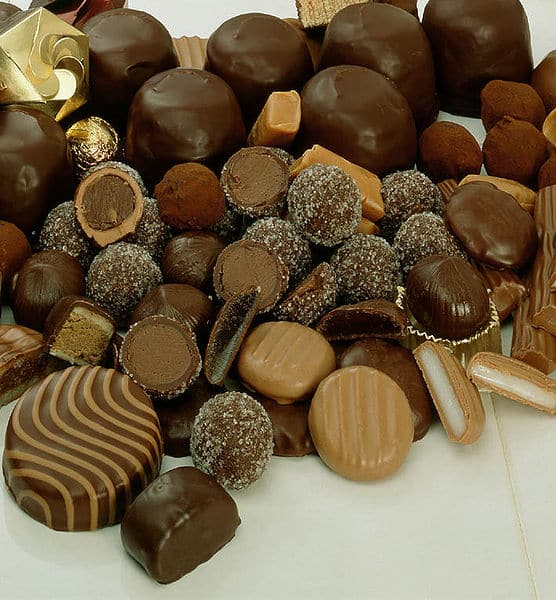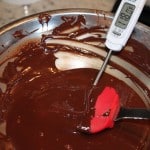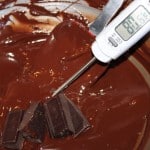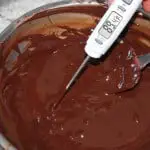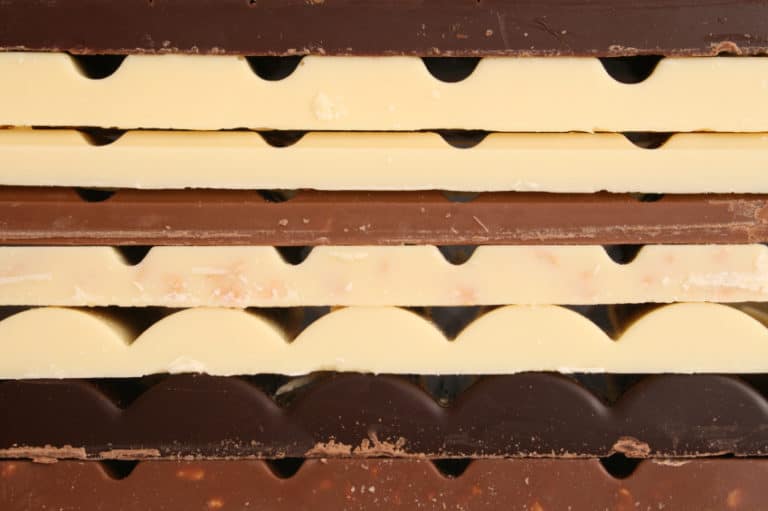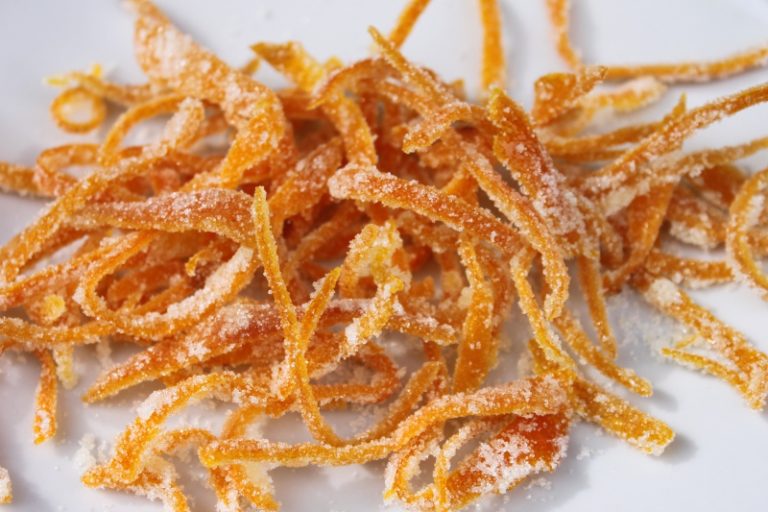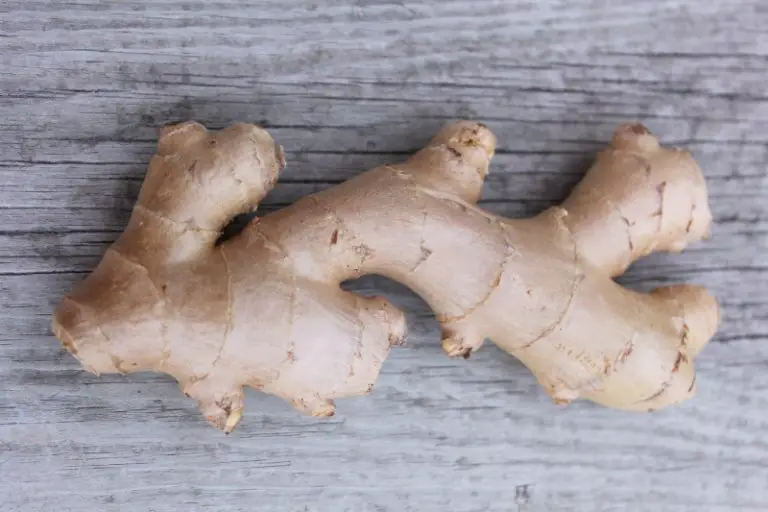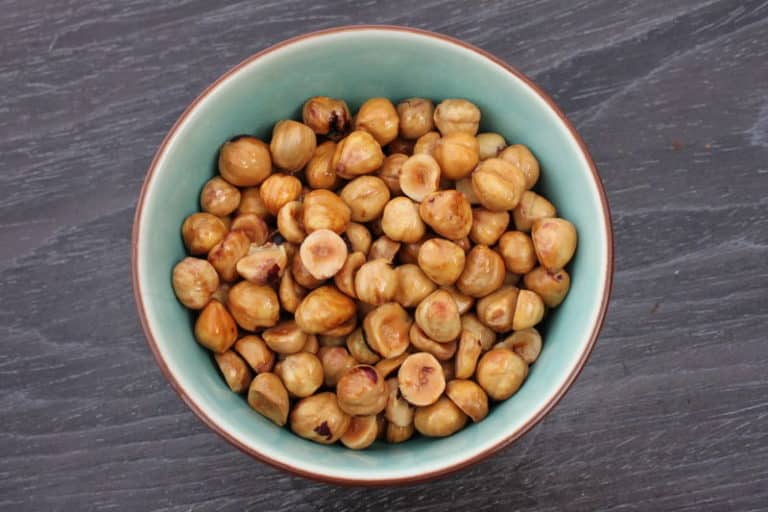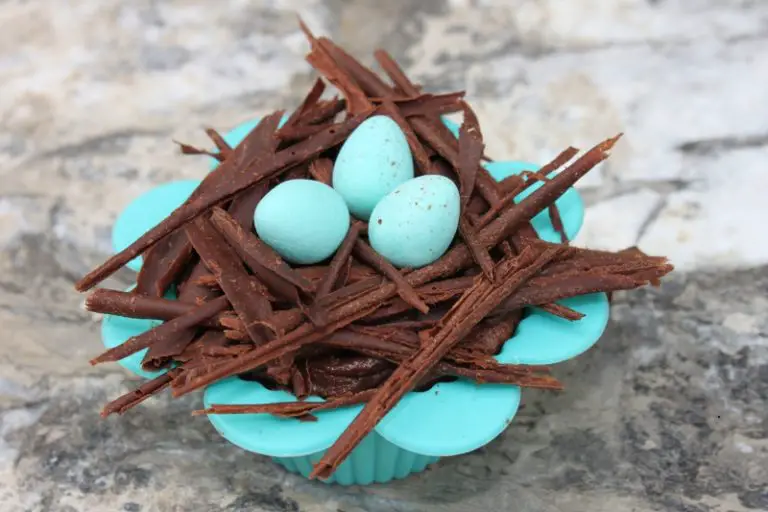Tempering – The Secret to Creating Seductive & Appealing Chocolate
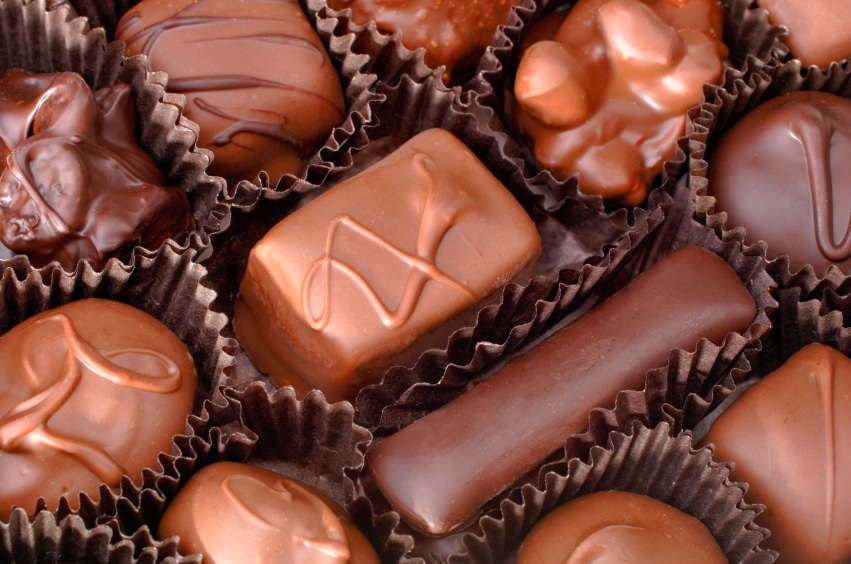
Tempering does not affect the taste in any way, its all about its appearance and texture.
What Tempering Does
Chocolate can harden into one of six ways, but only one of these (beta crystals inside the cocoa butter), creates a perfectly tempered chocolate. This is done in a process by heating and cooling the chocolate a number of times.
In addition to its smooth finish and crisp shell, it also does a few other important things:
- Prevents the unappealing white ‘bloom’ that can appear on the surface of the chocolate, due to the cocoa butter rising to the surface
- Preserves the quality of the chocolate, by stratifying the cocoa butter (preventing it from blooming
- Raises the melting temperature of the finished chocolate so it won’t melt on contact with your fingers.
- Allows the chocolate to quickly cool and harden (within 5 minutes), which is handy when using chocolate as a coating.
- Shrinks as it cools, which allows the chocolates to easily slip out of molds.
What Should be Tempered
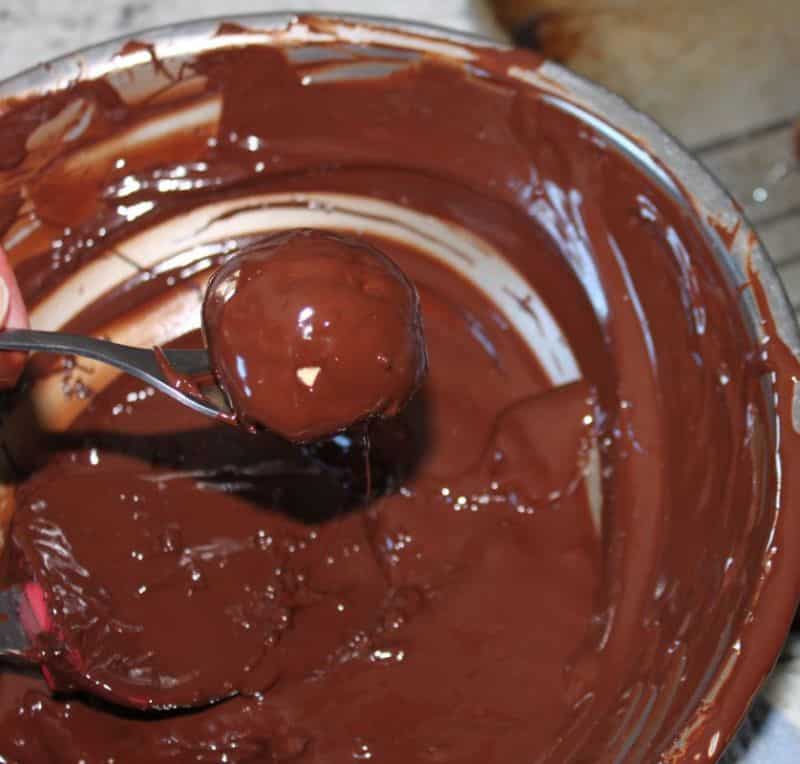
When you buy chocolate coated candy bars, or bulk chocolate has already been tempered. After opening a package of chocolate chips and they look grey and dull, this is only because they have been rubbing together during transportation. The only exception is if the chocolate had been heated (during transportation or storage), and allowed to cool again. This will cause the chocolate to lose its temper, potentially causing it to bloom.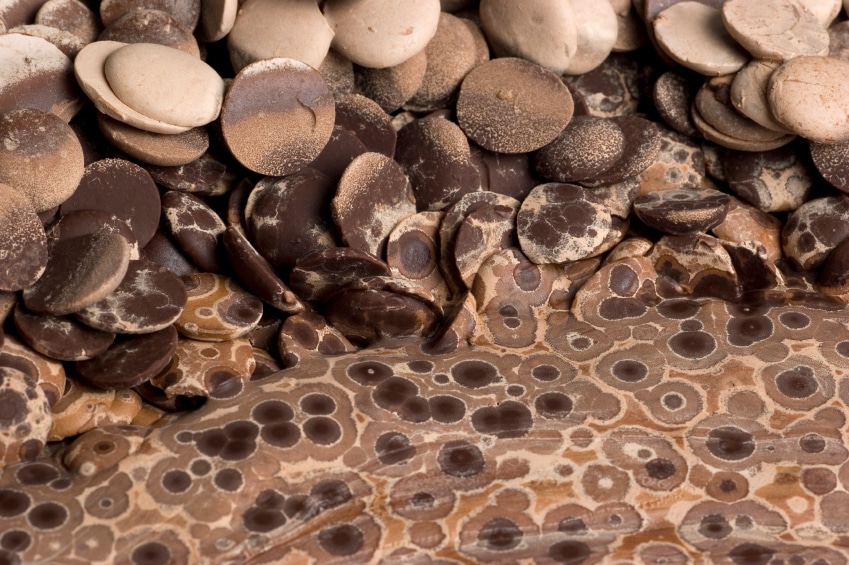
Once you melt tempered chocolate, the beta-crystals will dissolve, and you will need to re-temper it again if you plan on using it as a coating.
How To Temper Chocolate
You will need an instant read thermometer, a spatula or whisk, and a large bowl set over a pot of simmering water (to create a double boiler).
- Place a bit more than half of your chocolate you want to melt in a bowl over the double boiler until the chocolates’ temperature reaches 115ºF-120º F (46ºC-49ºC). Stirring often once chocolate begins to melt (motion makes good beta-crystal development).
- Remove bowl from heat and allow to cool to 80º F (27ºC), stirring often. Place the remaining solid (and tempered) chocolate in and stir for about a minute. Adding tempered chocolate ‘seeds’ it with good beta crystals.
- Put the bowl back over the double boiler and bring the temperature up to (but do not exceed): Dark Chocolate: 88°F – 91° F (31ºC-32ºC), Milk Chocolate: 86ºF – 88ºF (30ºC-31ºC),White or Colored Chocolate: 82ºF – 84ºF (28ºC-29ºC).
- Once the above temperature is reached, remove bowl from double boiler, and remove any chunks of unmelted ‘seed’ chocolate. The chocolate has now created the perfect beta-crystals and is considered tempered. As you are dipping or coating your chocolate treats, keep checking the temperature of the chocolate and rewarm it as needed. Be careful not to exceed the above the temperatures or the beta-crystals will break, it will lose temper and you will have to redo the process over again.
If At First You Don’t Succeed…
Tempering chocolate is an art, especially when you are doing it using non-professional grade tools like a double boiler and a thermometer. You can buy small home tempering machines that can hold about 1 lb of chocolate at a time, however these machines generally start at $350 and go up into the thousands. 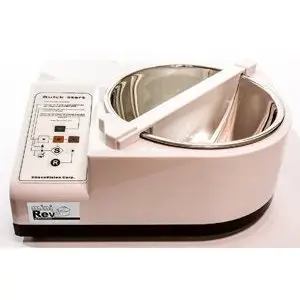
So if you don’t have the money, and you don’t make a lot chocolate coated treats, the way to get around improperly tempered (or not tempered at all), is to store your finished chocolate coated treats in the fridge.
The cold keeps the cocoa butter (and its crystal formation) from separating out, preventing that undesired cloudy bloom. Before you serve to guests, take your chocolate creations out of the fridge about 2 hours before, that should be lots of time for it to lose its chill while still keeping those darn crystals in place!
More in The Gluten Free Club Chocolate Series:
Types of Chocolate & Those Most Likely to Contain Gluten | Chocolate’s History & Future | How To Speak “Chocolate”

